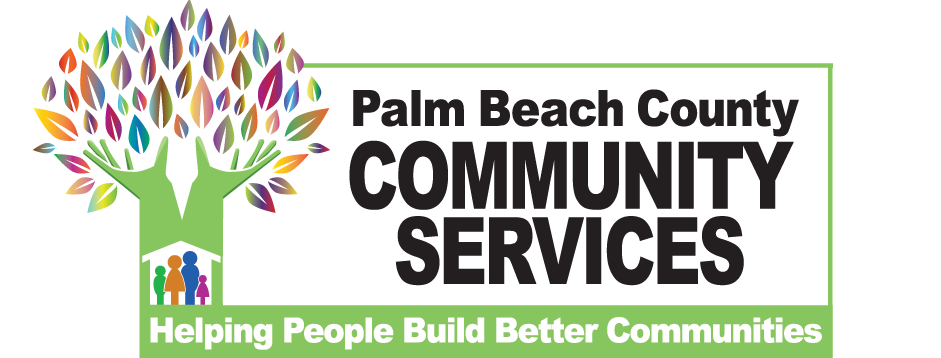What is Chronic Homelessness
The US Department of Housing and Urban Development (HUD) defines a chronically homeless individual as someone who has experienced homelessness for a year or longer or who has experienced at least four episodes of homelessness in the last three years. HUD also defines a chronically homeless person as having a disability. Families who have at least one adult member who meets this description would also be considered chronically homeless.
Chronically homeless people are among the most vulnerable people in the homeless population. They tend to have high rates of behavioral health problems including severe mental illness and substance abuse disorders, conditions that may be exacerbated by physical illness, injury or trauma. Because of these conditions, the chronic homeless population tend to be the most frequent users of emergency services, crisis response and public safety system.
It is important to note that a small percentage of people who have been on the streets for an extended period of time either do not have a disability (and, therefore, cannot technically be considered chronically homeless) or face challenges in having their disability diagnosed.
Why is Chronic Homelessness Important to Address?
Because the chronic homeless population are the highest users of emergency services, it is very expensive for a community to allow them to remain on the streets. Research shows that it costs over $30,000 per year to allow someone to remain on the streets and cycle in and out of the public safety and emergency systems. In contrast, it costs approximately $10,000 to provide that same person Permanent Supportive Housing (PSH) with case management which allows that individual or family with a chronic individual to get off of the street and receive the supportive services they need to regain stability through rehabilitation, therapy and improved health.
Equally as important, we must note that measures could be taken to prevent chronic homelessness before it happens. Targeted prevention policies for those exiting prisons and psychiatric facilities can connect people who are at risk with housing that meets their needs and prevents them from becoming homeless in the first place.
What Can Palm Beach County Do Together to Make Progress on Chronic Homelessness?
- Adopt a Housing First homeless system of care
- Begin regional implementation of Permanent Supportive Housing. This strategy will focus on the most visible and most vulnerable in our community.
- Request the Public Housing Authority dedicate a percentage of its units for Permanent Supportive Housing
- Redirect HUD funded grants to funding for Permanent Supportive Housing
- Work with Medicaid health care providers to ensure they are providing services eligible with Permanent Supportive Housing
- Increase capacity and funding for clinical case management
- Create a coordinated system that provides a “path” for the homeless from the streets to stable housing
- Increase resources and support for community outreach teams and housing coordinators



